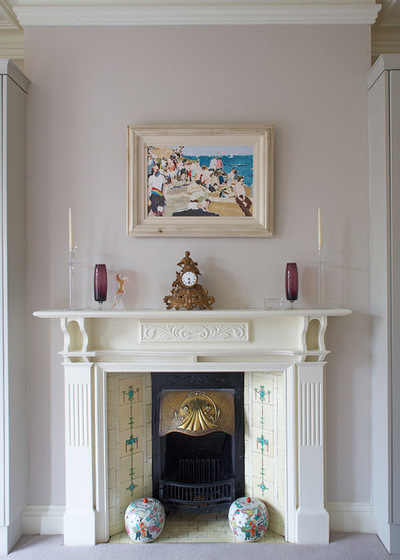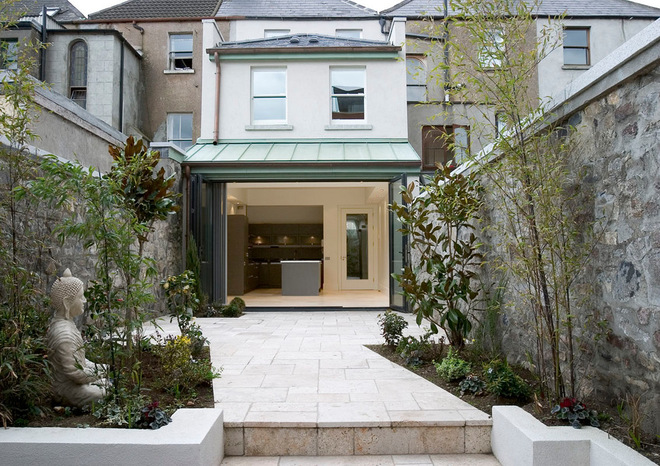Purchasing A Period Property
A period property offer beautiful features, tall ceilings and bundles of character, as well as the potential to add value by renovating and extending. However, restoring an old house can be a time-consuming and costly process. It’s important to think carefully before you invest in a period property, so take time to consider these 10 essential elements to ensure you get the very best from your buy.
Think about investment value
If you’re happy to take on a large project, hire an architect and completely redesign an old house, then you should consider buying a property that needs a lot of work. It may take you a little more time to restore it, but you’ll gain more equity from an old wreck.
If you’re buying a house in a reasonable condition, there isn’t quite as much scope to add value. Remember, you may need to sell this house at some stage. It’s a large investment, so buy with your head as well as your heart.
 Factor in the cost of insulation
Factor in the cost of insulation
As a general rule, to insulate an old period property you need to either heat it from the outside, using external insulation, or from the inside with dry lining.
External insulation involves fitting a layer to the outside of the property and covering it with a weatherproof finish. This is the most practical solution and means you don’t have to impede on any internal features. However, you will lose much of the property’s external character.
It’s possible to reproduce some of the subtleties of the original proportions, but not around the windows and eaves.
Dry lining the internal walls, on the other hand, will maintain the external look, but it isn’t as effective. It involves fixing plasterboard to the walls, which will make them a little thicker and so reduce the size of your rooms slightly. You’ll also need to replace and refit the cornicing and joinery.
Most period properties will have space for a fireplace in a number of rooms. Some may even be available with their original cast iron fireplaces. We highly recommend restoring these originals to not only add value and style, but for a source of warmth. We’d be happy to offer you the service!
Look at the light
Whatever the age of the property, it’s important to think about how much light is coming in. Consider which way the back garden is facing – south or west are best for obtaining all day or evening sun in your living space, which is usually at the rear of your home.
However, if the rear of your property faces north, there are still some possible solutions. You can still have access to east and west light if you orientate an extension, or add window openings to the side of the house. The ideal situation for a living space is to have easterly light in the morning and westerly light in the evening.
Decide on the best garden size
If you’re going to renovate an old period property, you might need to add an extension to get the most out of your living space. This is especially true of smaller properties. So it’s a good idea to think about how much garden will be left over once the work is done.
The needs of your household will determine how much garden space you actually need. For example, if you have young children, you’ll probably want a garden with plenty of room for them to run around, while a couple on their own might only need a small area to enjoy alfresco dining.
Replace old drainage
Most older buildings tend to be built using clay drains. Clay pipes are made up of short lengths pushed together and, over time, the joints open and start to leak. This leakage will deteriorate the bearing capacity of the ground, which can then cause your building to crack and subside.
Always ask a professional to check whether the period property you’re going to buy has clay pipes. If it does, it’s essential to replace them with modern PVC ones, even if they seem to be in good order.
 Plan for underpinning
Plan for underpinning
Any drain leakage over time might deteriorate the foundations of an older property. If this is the case, it’s important to structurally improve the house with underpinning.
Before you buy, check to see if the house has already been underpinned. The vendor should be able to produce engineering documentation to show you whether this has been carried out.
If the property hasn’t been underpinned, ask a structural engineer whether it’s necessary.
Check for cracks, especially at the windows and door heads, as these are a key sign that the property may need underpinning.
 Retain period features
Retain period features
Much of the charm of old houses lies in their period features, such as terrazzo floors, cornicing, fireplaces, staircases and sliding sash windows.
However, it’s inevitable that you’ll lose some of these features once you start insulating and modernising, so be prepared for this.
Any lost cornicing can be rebuilt by specialists who will recreate your original design. Similarly, you can maintain a terrazzo floor if you can find an alternative location for your heating pipes.
As for entrance doors, glass panels and fireplaces, we would be happy to help you!
 Visualise your new design
Visualise your new design
Older houses were heavily compartmentalised and often used in a different way to how we live in them today.
If the property hasn’t already been modernised, there’s a good chance you’ll want to create a more open-plan living space, like the one shown.
Consider what rooms and space the house currently has, and whether it corresponds with your needs. Then think about how you’d impose your new design on the existing structure, and whether or not you’d need to extend.
A renovation project could involve knocking down walls and introducing steel beams. And if you want to add new bathrooms, you might have to move sewers. All of these processes are costly, so keep this in mind when doing your sums.
Work out your budget
As a general rule, you’ll need a considerable budget to modernise a period property, perhaps over and above the cost of the house itself. It won’t be possible to estimate the actual sum until you’ve planned your new design. A quantity surveyor will be able to advise you further on costs, once you have your design in place. The earlier you get a handle on these costs, the better.
Make a time schedule
Once you’ve planned the renovation and extension phase of your building works, you’ll need to consider how long the project will take. It could last anything from a few weeks to six months, depending on the work involved.
If you prefer to live elsewhere while the work is going on, you might have to pay rent or a mortgage on two properties, so don’t forget to factor this into your budget.
TELL US…
Are you considering buying an old property, or have you already done so? Share your experience and tips in the comments below.

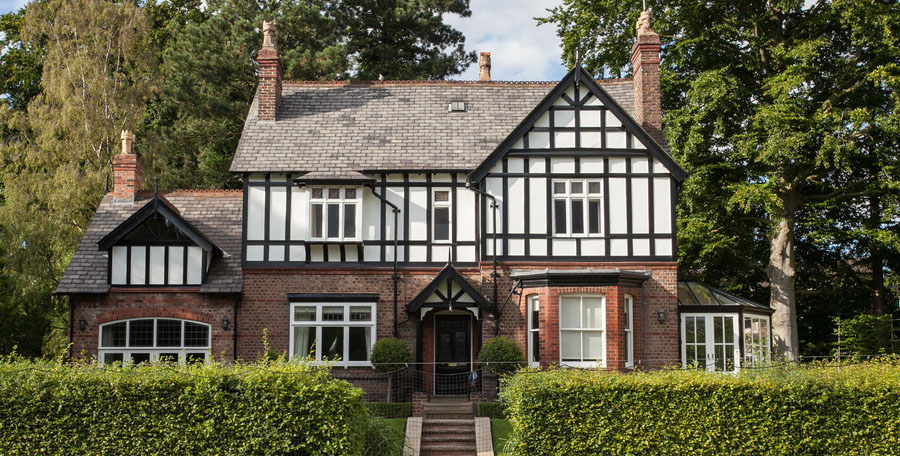
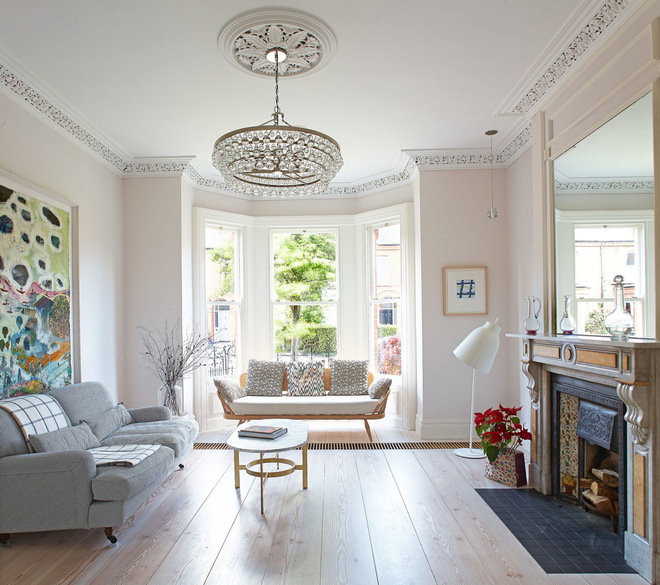
 Factor in the cost of insulation
Factor in the cost of insulation
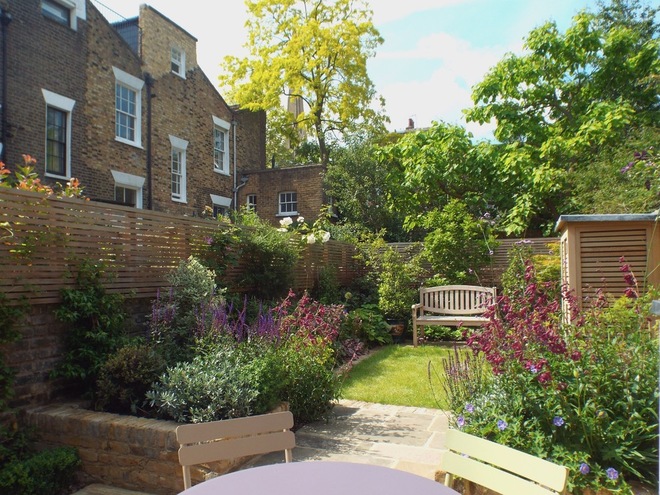

 Plan for underpinning
Plan for underpinning